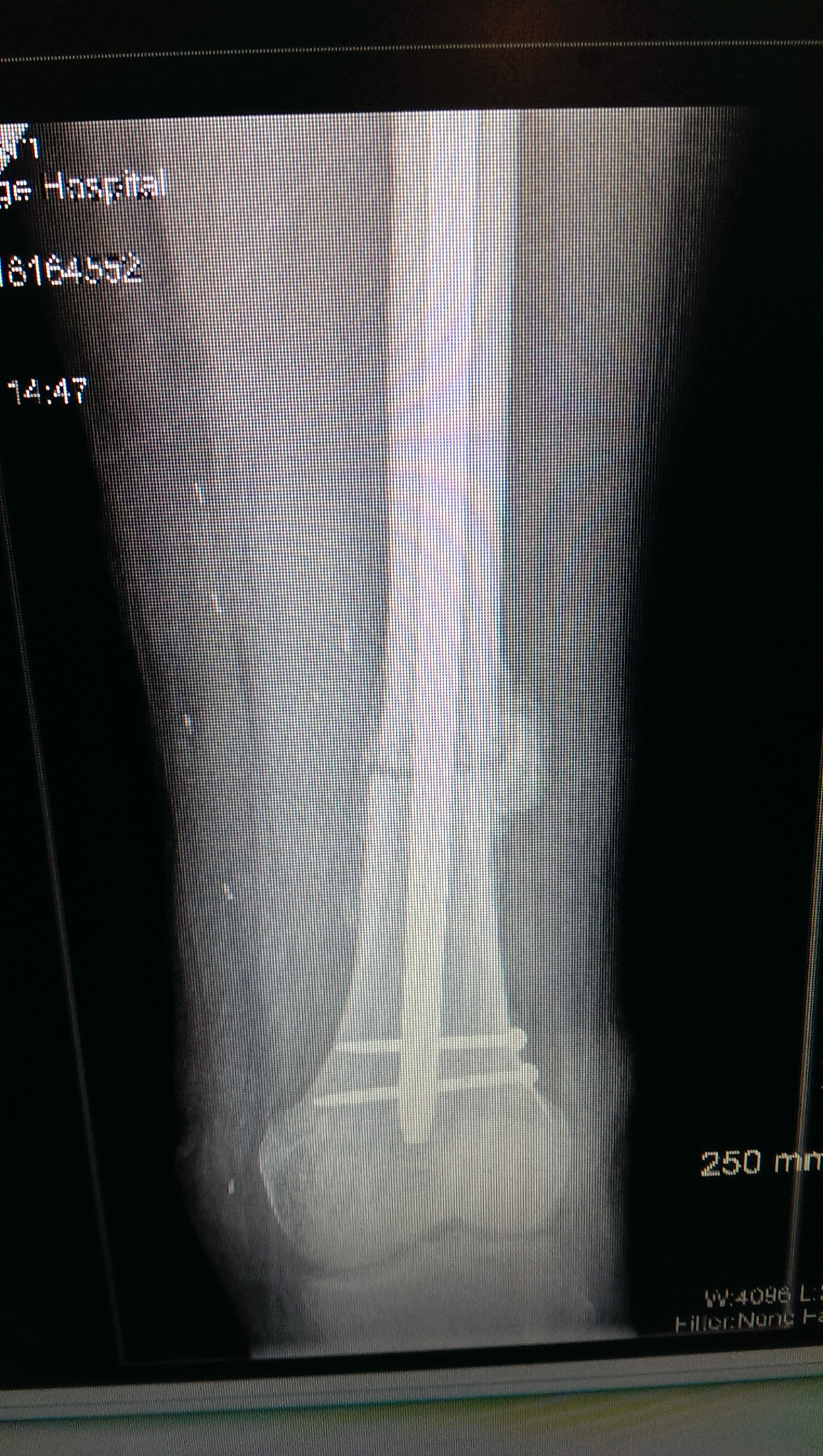Femur fractures are very prevalent today, especially during car accidents. For example, recently on the news, a young man named Wesley Brown was fleeing from Florida police and crashed his stolen car into another car. As a result, Brown suffered a broken femur, also known as a thighbone.
This type of injury is more specifically called a femoral shaft fracture. The femoral shaft is the straight part of the bone that runs from below the hips to the knees. Because femoral fractures require so much force, they are caused by high-energy collisions, such as motor vehicle accidents. Gunshot wounds and falling from heights can also fracture the femur. Older people and infants are more vulnerable to lower-force accidents, such as falling down, because their bones are weaker and not fully developed, respectively. In infants, child abuse is statistically the most frequent cause of femur fractures.
Image Source: RAUL ARBOLEDA
There are many different types of femur fractures, and they depend on the amount of force causing the injury. Doctors classify femur fractures based on where it’s located on the bone, the appearance, and the presence of torn muscle or skin. The different types of fractures include transverse, oblique, spiral, comminuted, and open fractures. These fractures are extremely painful, especially while trying to walk. Often times, your leg will look deformed with bones penetrating the skin or unusual twisting of the leg.
Before treatment is possible, doctors must analyze the severity of the fracture using X-rays or computed tomography (CT) scans, which offer more detailed pictures than X-rays. Frequently, treatment will involve surgery. Prior to surgery, a splint or skeletal traction can maintain proper alignment of the bone. The three types of surgery are external fixation, intramedullary nailing, plates, and screws; the main goal is to insert metal pins or screws into the femur to stabilize it and facilitate healing.
Most femoral fractures take four to six months to recover. Doctors recommend constant leg motion throughout recovery. Physical therapy will be required as muscle strength will be significantly decreased after the injury and surgery. This involves performing exercises to help improve range of motion and flexibility.
The bottom line is that femoral shaft fractures occur in rare instances from high-impact accidents. Even though the road to recovery is long and grueling, stay strong and hopeful that you’ll walk again.
Feature Image Source: Broken Femur by 4x4king10










